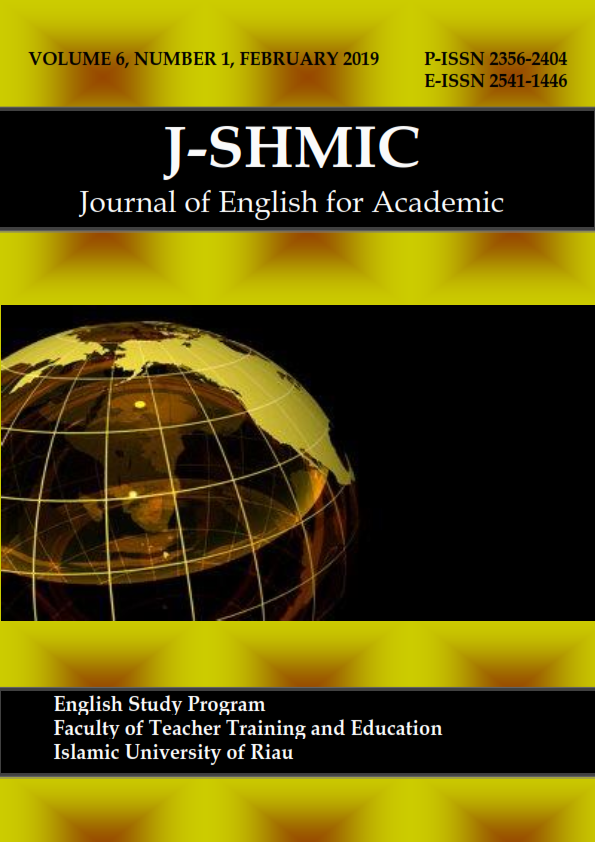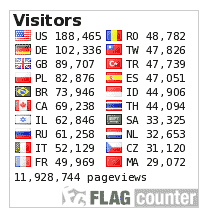Improving Students’ Reading Comprehension by Using Reciprocal Teaching Strategy
Keywords:
Reading comprehension, reciprocal teachingAbstract
Reading occupies large portion in teaching-learning activities, especially for English department students. It is reasonable since all their learning materials are in English. However, their ability in reading comprehension is low. Therefore, it is necessary to conduct a research to solve this problem. The purpose of this research was to find out whether Reciprocal Teaching strategy can solve and improve the students’ reading comprehension. Moreover, this research was also to find out what factors influence the improvement of the students’ reading comprehension. This research is action research. The participants of the research were the third semester students of 2018-2019 academic year which consisted of 13 students. The instruments used to collect the data were from observation checklists, field notes, interviews, and reading tests. After analyzing the data, it was found that reciprocal teaching strategy was able to improve the students’ reading comprehension ability. It could be seen from the improvement of their mean score in reading comprehension at the end of the cycle 1. The factors that influenced the improvement of their reading ability involved materials, teacher’s knowledge, students’ interaction, and assessment activities. To sum up, the implementation of reciprocal teaching strategy was able to provide positive results on their reading comprehension.
Downloads
References
Cohen, L and Manion, L. 1989. Education Research. London: Routledge Falmer.
Gay, L.R. 2000. Educational Research: Competences Analysis and Application. Collumbus: Merill Publishing Company
Klenk, L. 2001. Reciprocal teaching. Retrieved from http://curry.Edschool.Virginia-edu/go/readjust/strategy/rlhtml.
Klinger, W. 1996. Factors for Successful in second language learner. Volume 1. P. 65-78 Retrieved from www.office.usp.ac.jp/~klinger.w/wk02-factors.pdf.
Lems, Kristin, et al. 2010. Teaching Reading to English Language Learners Insights from Linguistic. New York: The Guilford Press
Maspufah. 2018. Analysis of EFL Learners Competence in Using Anaphora Reference in Technical Text. ELT Lectura Volme 5 No 2 (2018) Retrieved from https://journal.unilak.ac.id/index.php/ELT-Lectura/article/view/1677/1428
Palinscar,A.S and Brown, A.L.1988. Interactive Teaching to Promote Independent Learning from Text. Volume 9, issue 1. 1998. Retrieved from https://journals:sagepub.com/doi/10.1177/074193258800900110.
Singer, H. 1985. Theoritical Models and Process of Reading. Barkeley: University of California
Wallace, J.M.1998. Action Research for Language Teachers. Cambridge: Cambridge University Press.
Widdowson, H. 1979. The process and Purpose of Reading. Oxford: Oxford University Press.
Published
How to Cite
Issue
Section
This is an open-access article distributed under the terms of the Creative Commons Attribution-ShareAlike 4.0 International License which permits unrestricted use, distribution, and reproduction in any medium. Users are allowed to read, download, copy, distribute, search, or link to full-text articles in this journal without asking by giving appropriate credit, providing a link to the license, and indicating if changes were made. All of the remixes, transform, or build upon the material must distribute the contributions under the same license as the original.











